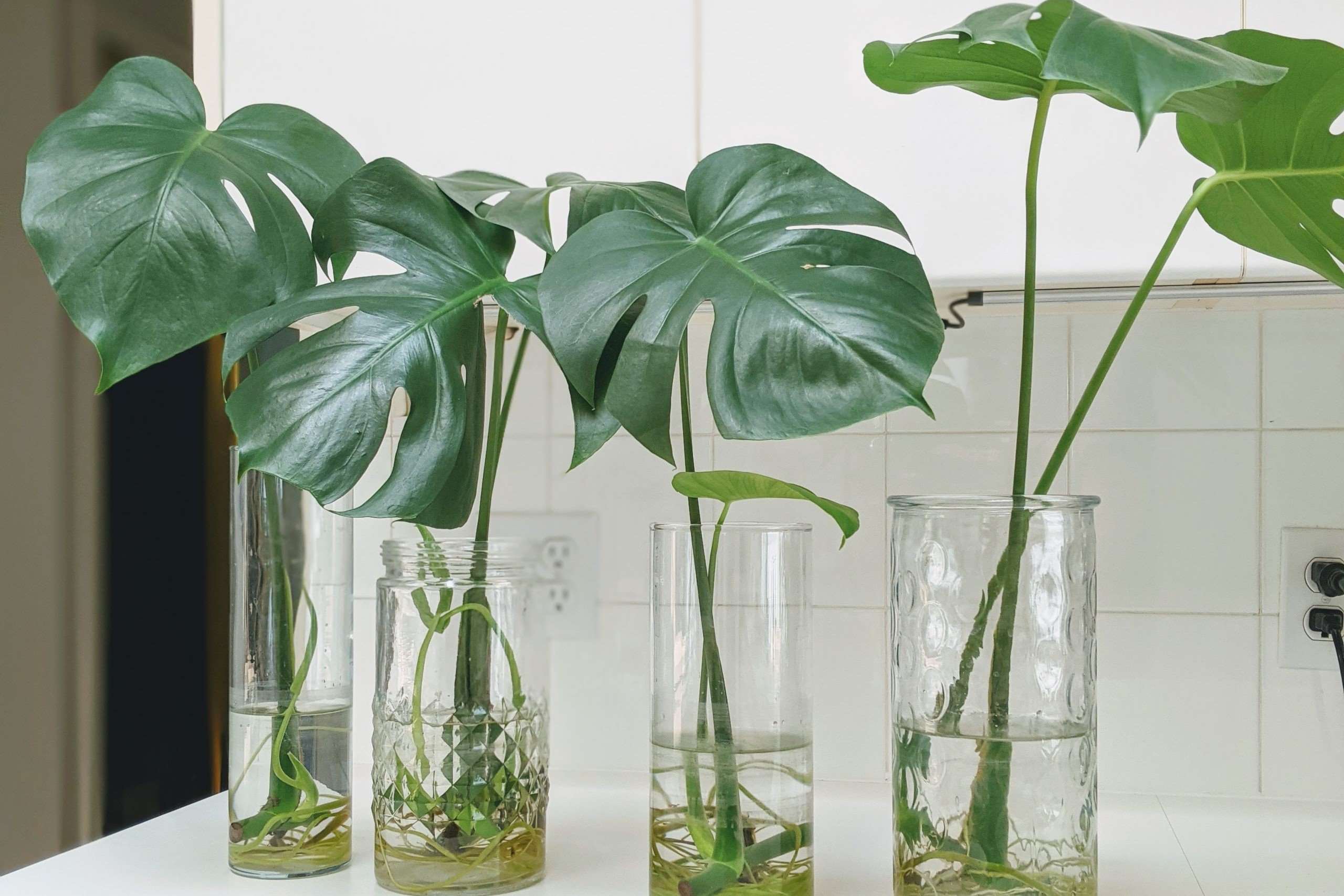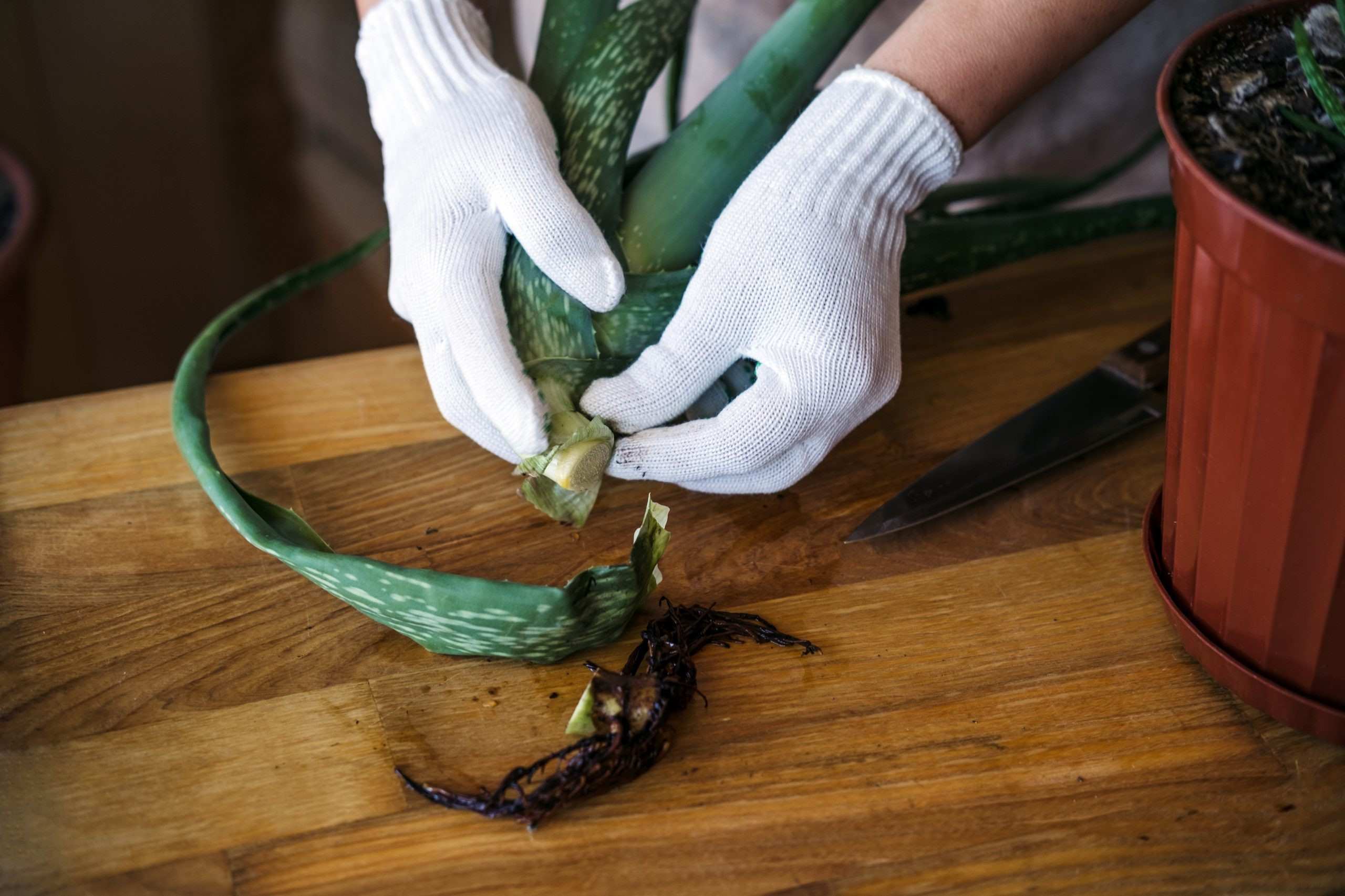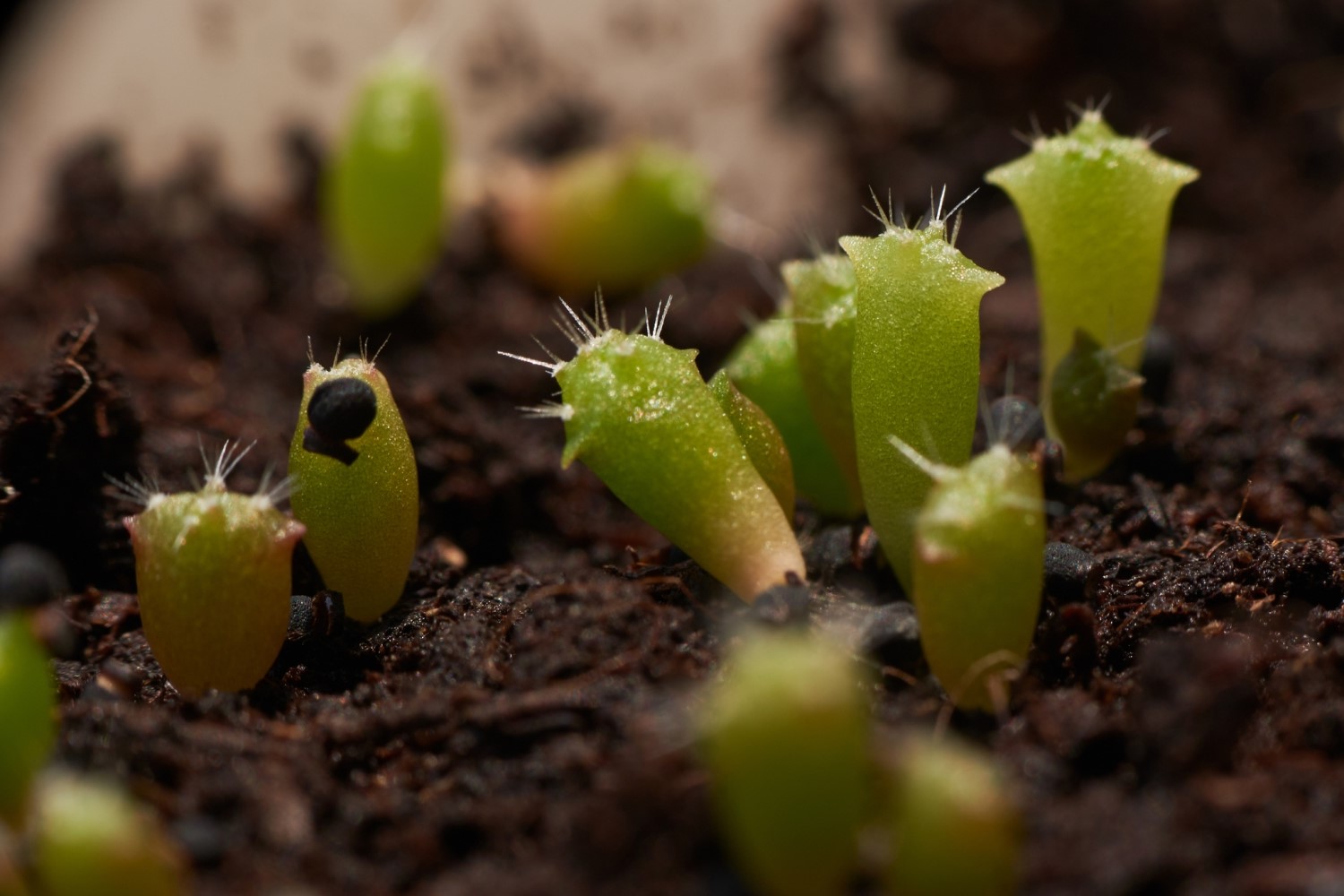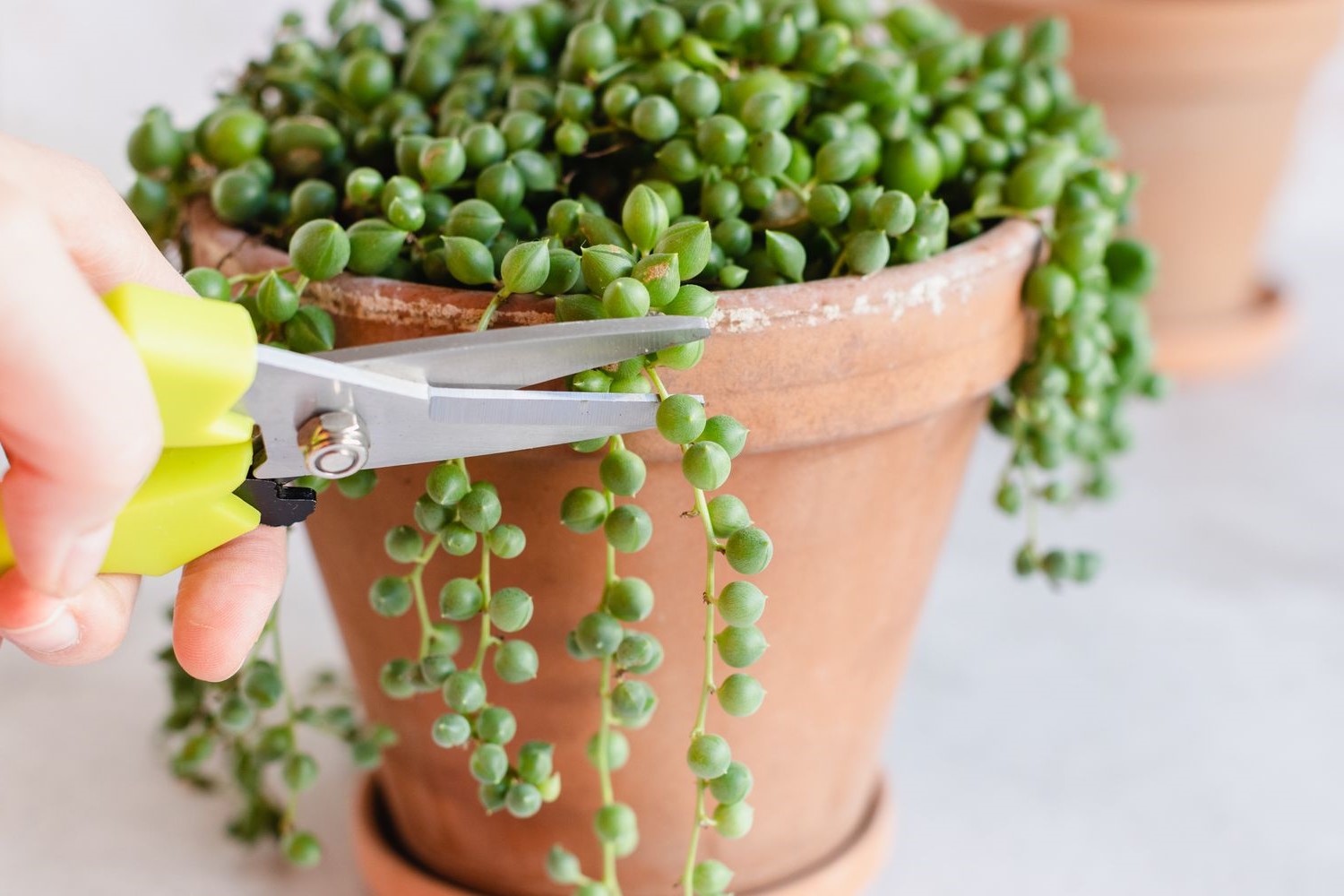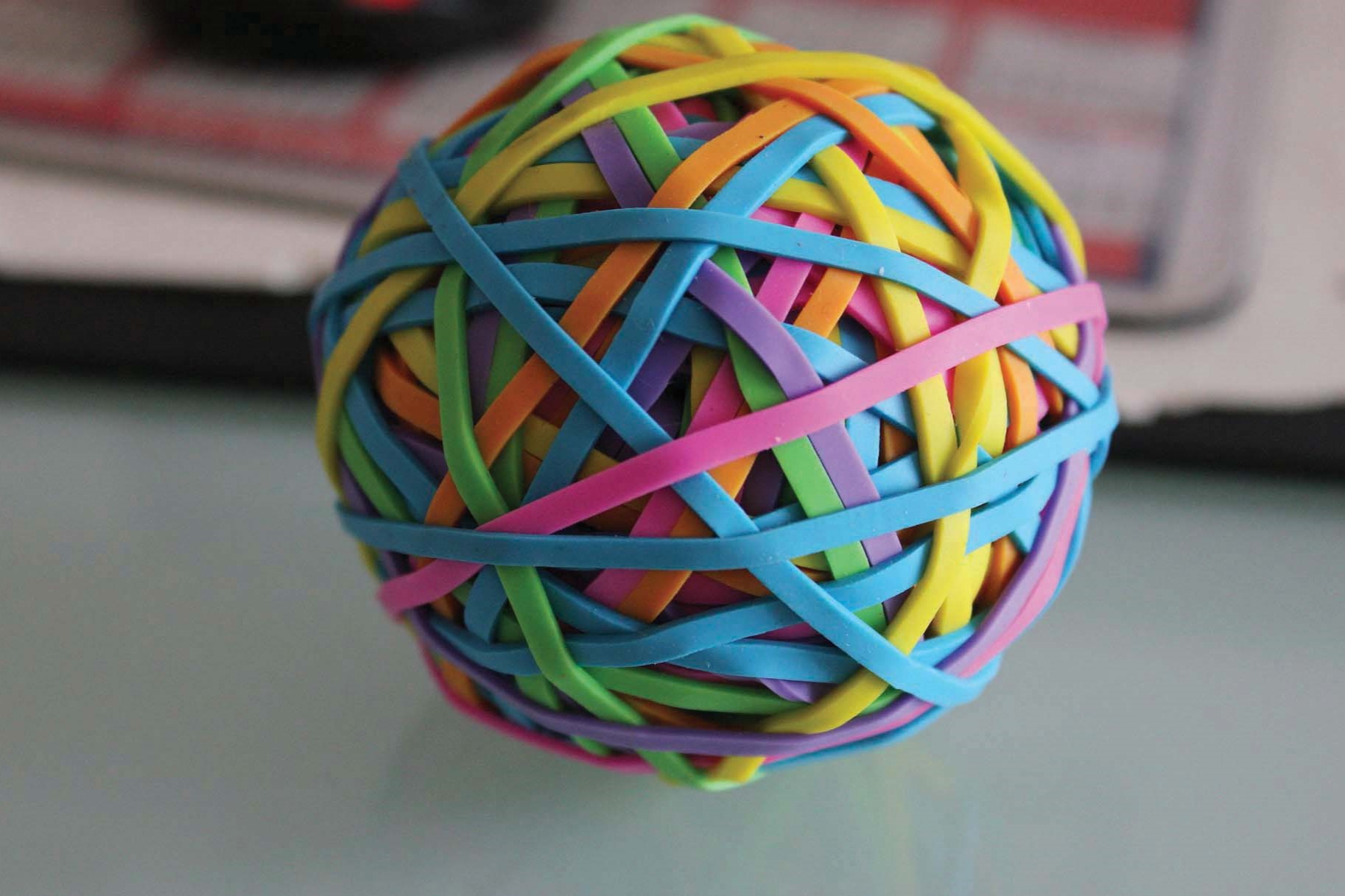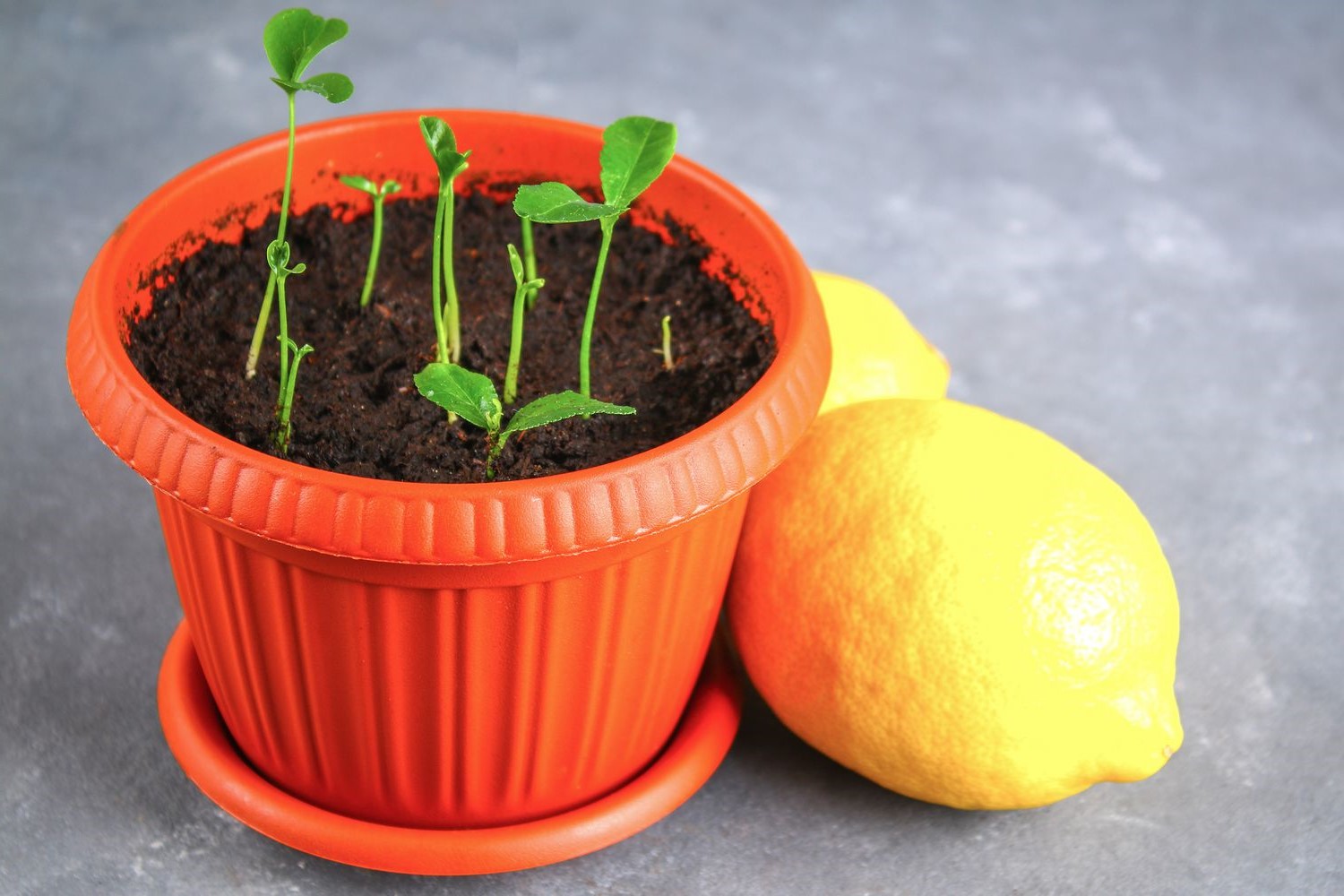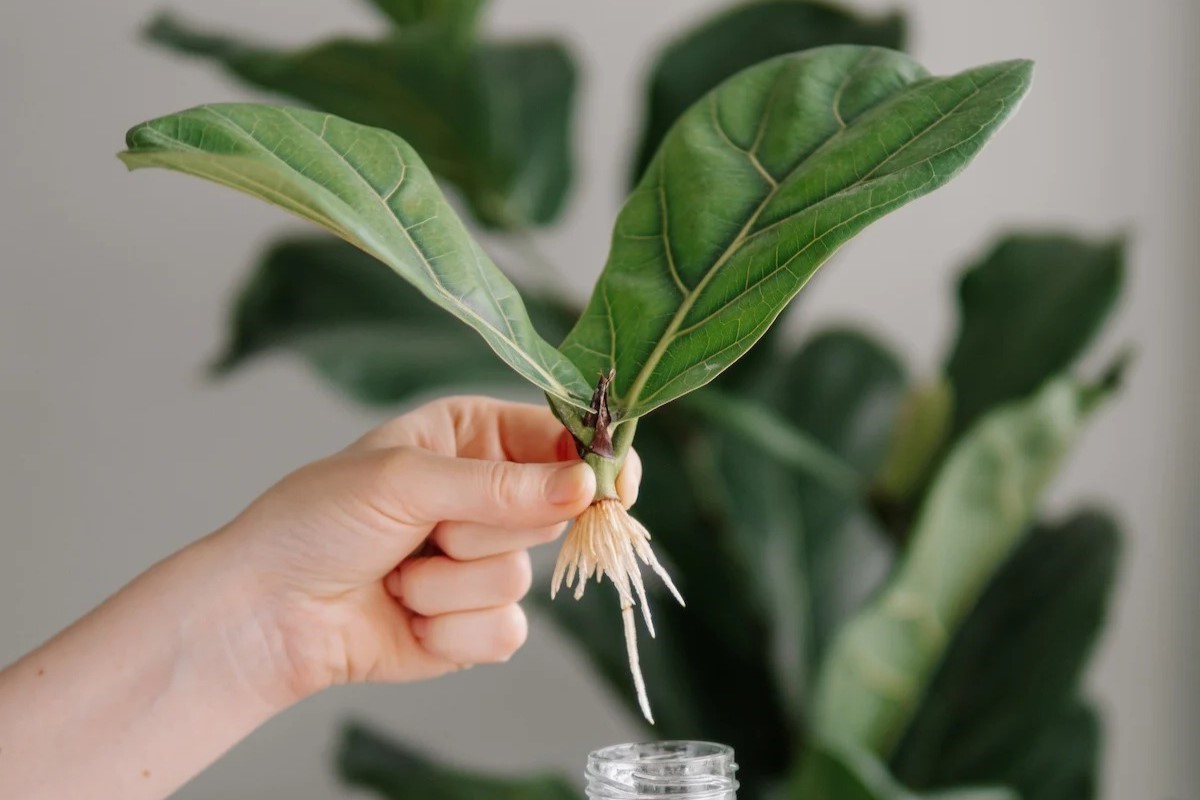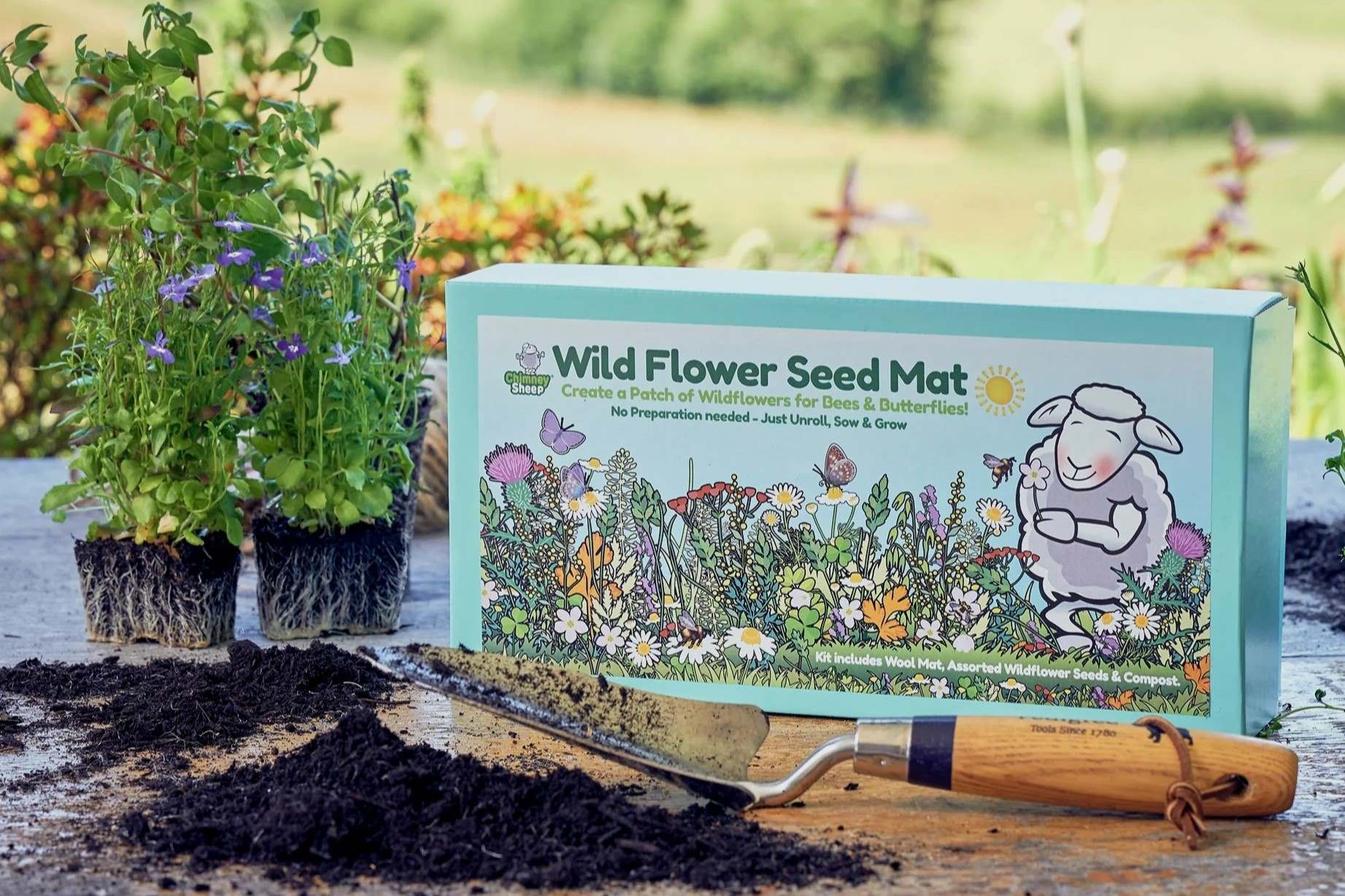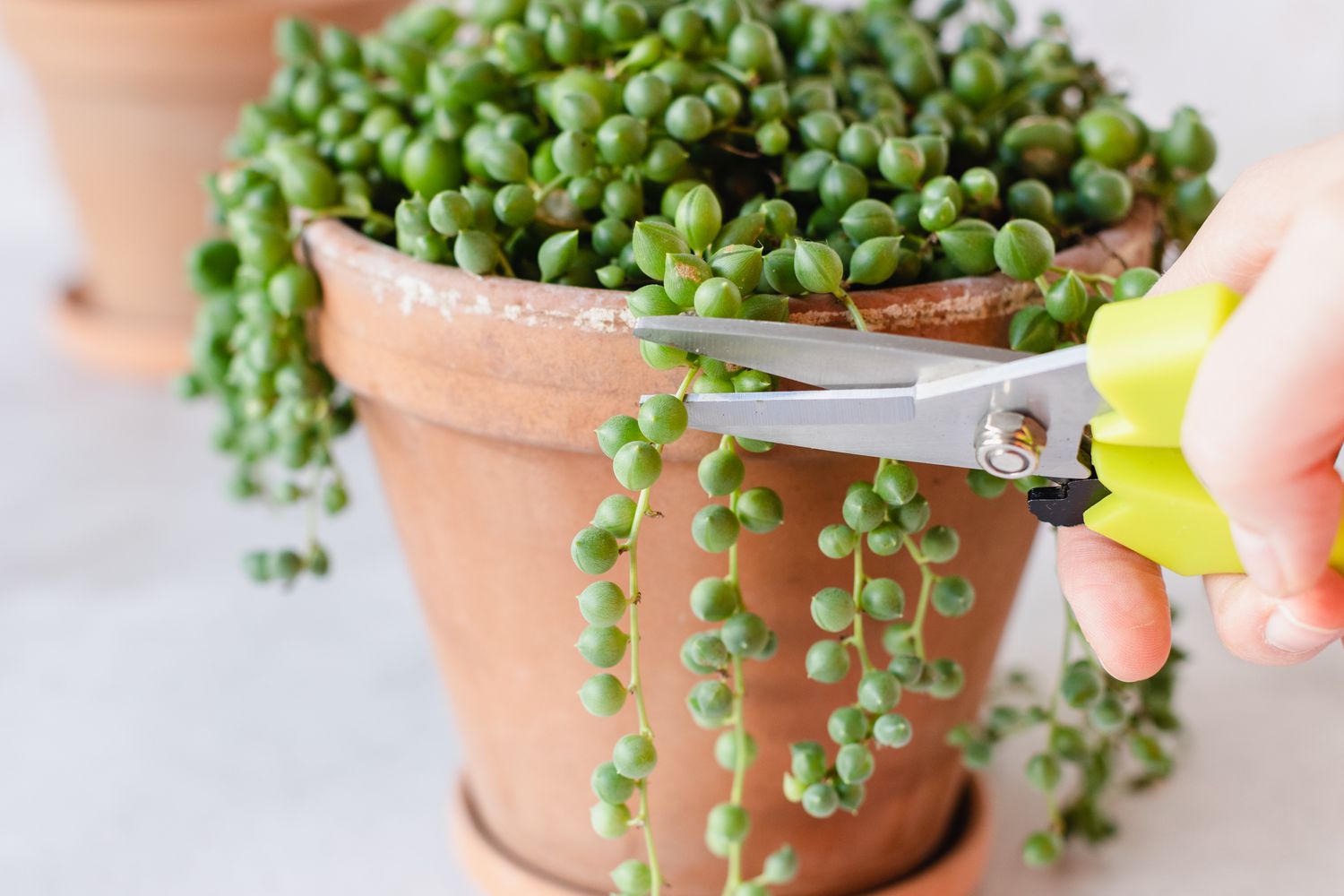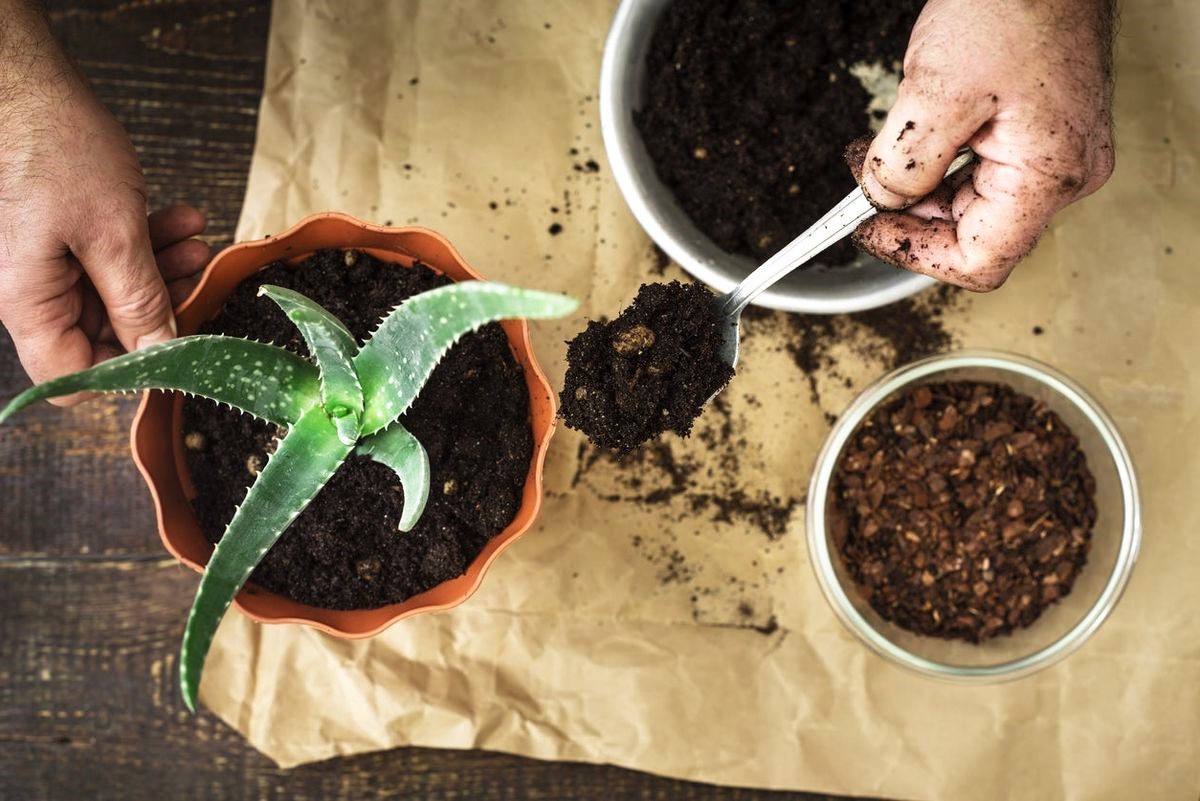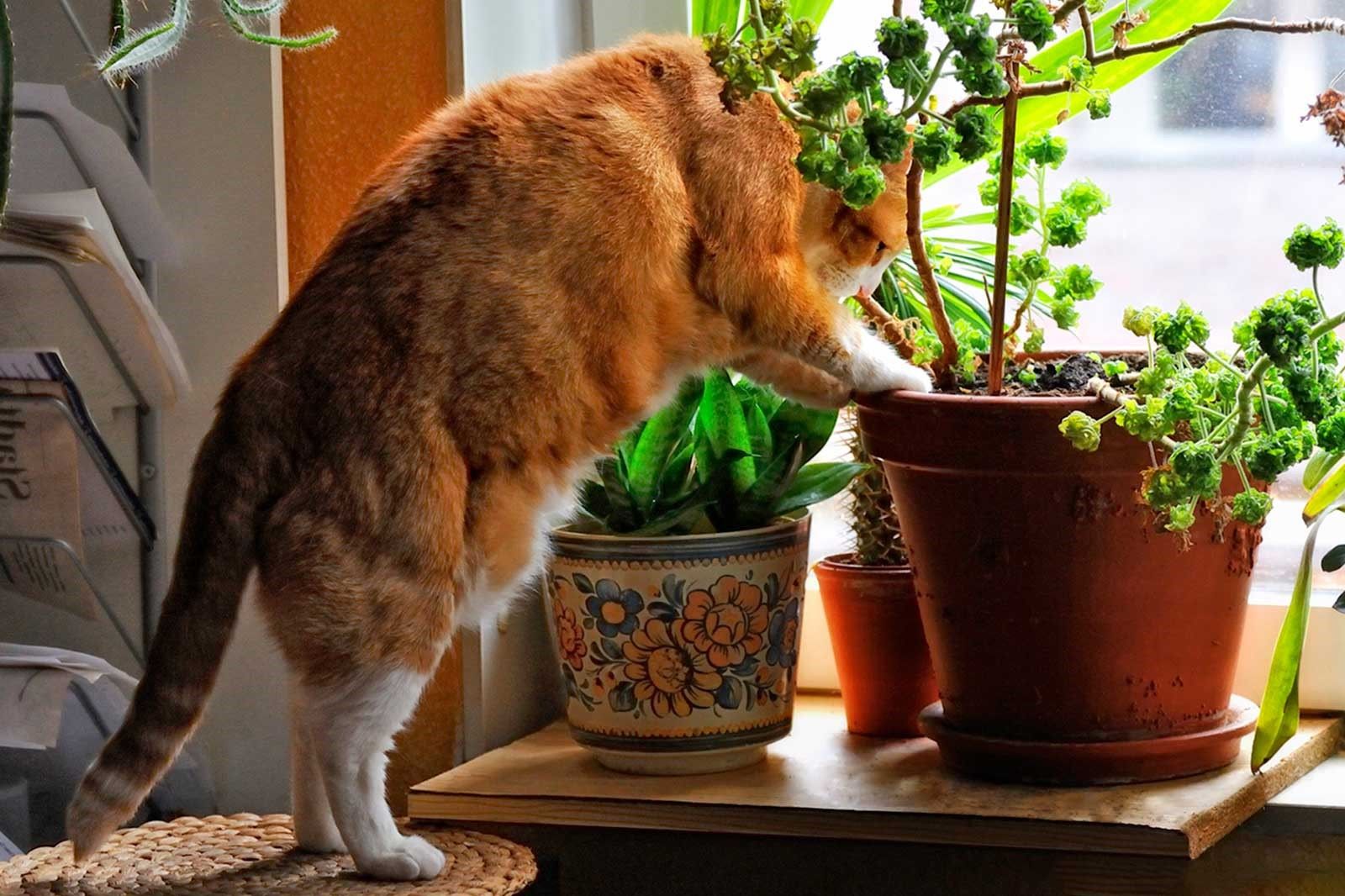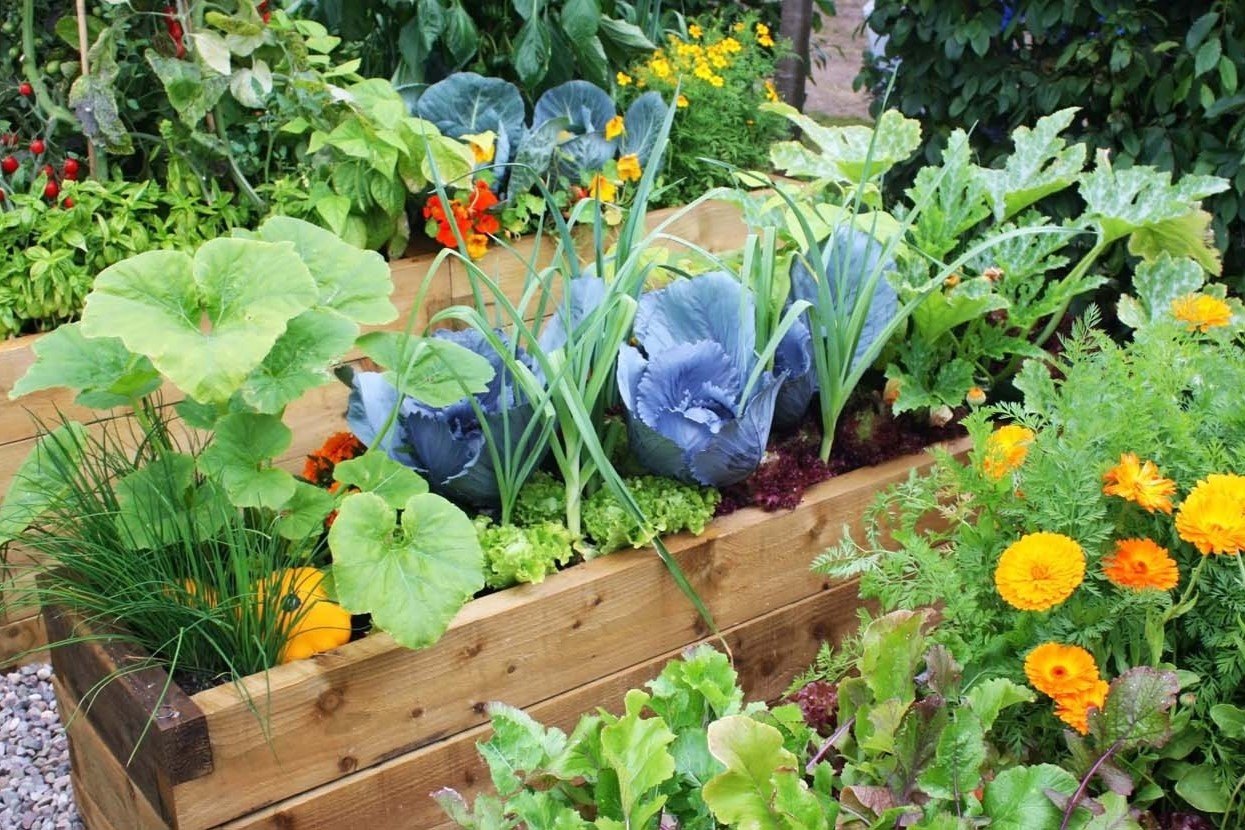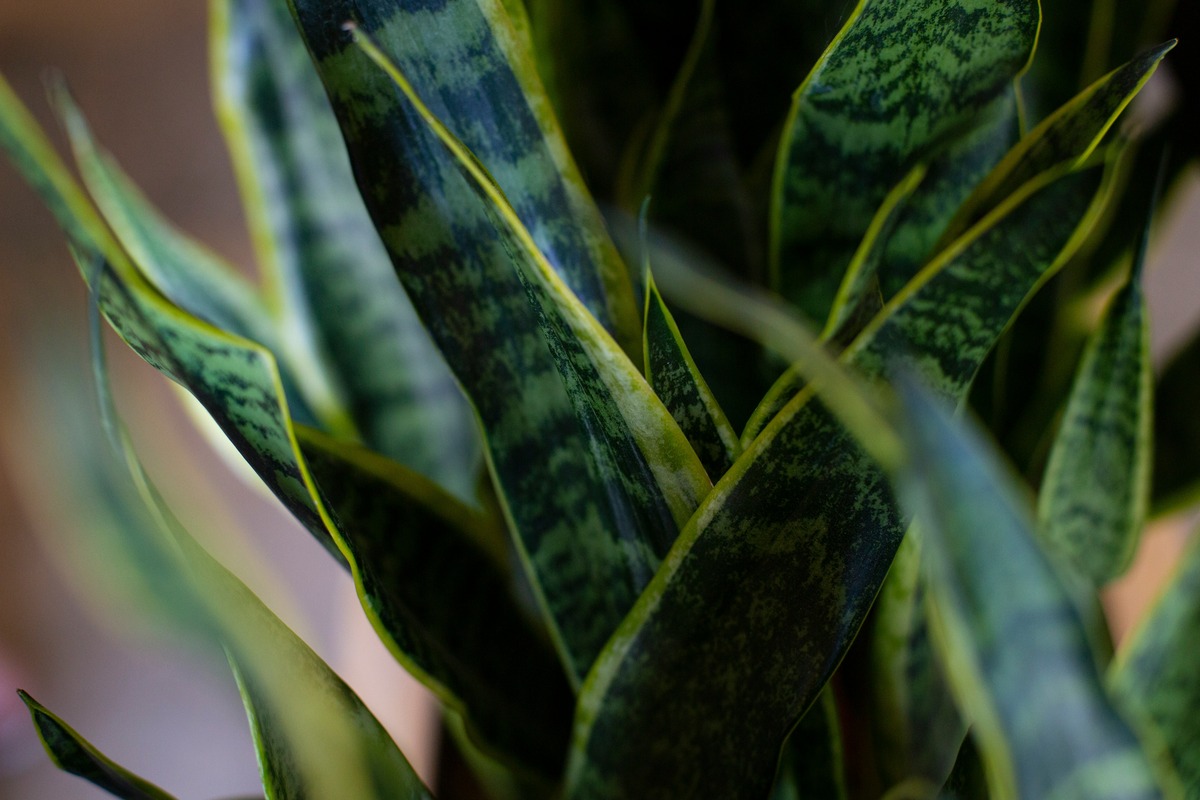Home>Home and Garden>How To Propagate Rubber Plant
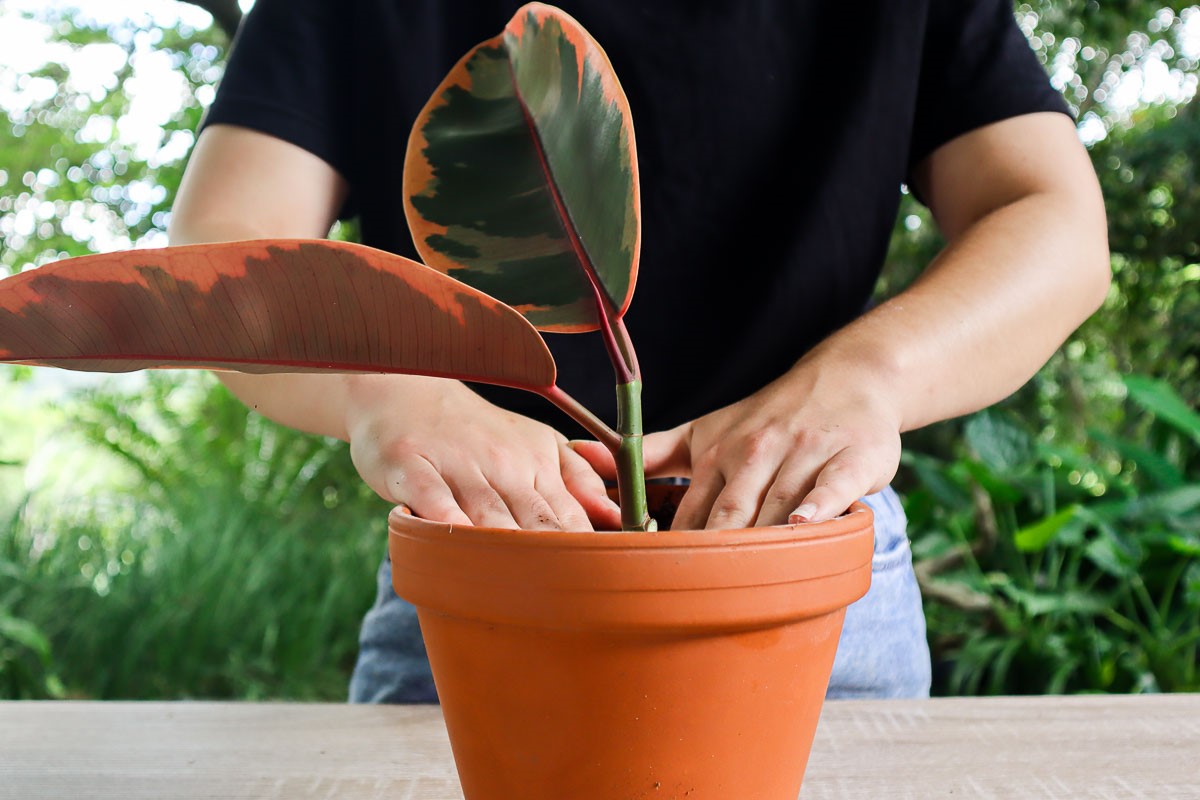

Home and Garden
How To Propagate Rubber Plant
Published: March 3, 2024
Learn how to propagate rubber plants at home and enhance your indoor garden with our step-by-step guide. Discover the best techniques for successful propagation.
(Many of the links in this article redirect to a specific reviewed product. Your purchase of these products through affiliate links helps to generate commission for Noodls.com, at no extra cost. Learn more)
Table of Contents
Introduction
Propagating a rubber plant is an exciting and rewarding endeavor for plant enthusiasts. Whether you're a seasoned gardener or a novice with a green thumb, the process of propagating a rubber plant offers a unique opportunity to witness the miracle of new growth and expansion. Rubber plants, scientifically known as Ficus elastica, are cherished for their lush foliage and air-purifying qualities, making them a popular choice for indoor and outdoor settings.
As you embark on the journey of propagating a rubber plant, it's essential to understand the various methods available and the specific requirements for each. By delving into the world of propagation, you'll gain a deeper appreciation for the resilience and adaptability of these remarkable plants.
Throughout this guide, we will explore the intricacies of propagating rubber plants, from selecting the right method for your needs to nurturing the newly propagated specimens. Whether you opt for stem cuttings, air layering, or leaf cuttings, each method presents its own set of challenges and rewards. By gaining insight into the nuances of each technique, you'll be better equipped to embark on your propagation journey with confidence and enthusiasm.
Join us as we unravel the art of propagating rubber plants, delving into the step-by-step processes and offering valuable tips to ensure the success of your propagation endeavors. With a blend of patience, knowledge, and a touch of green magic, you'll soon witness the joy of new growth and the fulfillment of nurturing life from a single leaf or stem. Let's embark on this botanical adventure together and unlock the secrets of propagating rubber plants with finesse and flair.
Read more: How To Propagate Jade Plants
Choosing the Right Method for Propagation
When it comes to propagating rubber plants, selecting the most suitable method is crucial for ensuring successful and efficient propagation. Each propagation method – stem cuttings, air layering, and leaf cuttings – offers distinct advantages and considerations, making it essential to choose the right approach based on your preferences and the plant's specific needs.
Stem cuttings are a popular choice for propagating rubber plants due to their simplicity and effectiveness. By snipping a healthy stem from the parent plant and encouraging it to develop roots in a suitable growing medium, you can create new, genetically identical rubber plant offspring. This method is ideal for individuals seeking a straightforward propagation process that yields reliable results.
On the other hand, air layering presents a unique approach to propagation, particularly suitable for mature rubber plants with established branches. This method involves creating a small incision in a healthy branch, encouraging the development of roots within a moist, nutrient-rich environment. While air layering requires patience and meticulous care, it offers the advantage of producing a fully rooted plant before detachment, ensuring a seamless transition to independent growth.
Leaf cuttings provide an alternative propagation method, allowing plant enthusiasts to cultivate new rubber plants from individual leaves. This technique is particularly appealing for those intrigued by the prospect of witnessing the transformation of a single leaf into a thriving plant. While leaf cuttings necessitate attentive nurturing and a longer propagation timeline, the process offers a sense of wonder and accomplishment as new plants emerge from humble beginnings.
In determining the most suitable propagation method, consider factors such as your level of experience, the availability of mature branches or healthy leaves, and your preference for a specific propagation process. By carefully evaluating these considerations, you can select the ideal method that aligns with your capabilities and aspirations, setting the stage for a fulfilling and successful propagation journey.
As you weigh the merits of each propagation method, envision the remarkable journey that lies ahead – from nurturing cuttings or leaves to witnessing the emergence of new roots and shoots. With the right method in hand, you'll embark on a captivating botanical adventure, poised to propagate rubber plants with confidence and finesse.
Propagating from Stem Cuttings
Propagating rubber plants from stem cuttings is a popular and reliable method that offers a straightforward approach to creating new plant specimens. To commence this process, begin by selecting a healthy and robust stem from the parent plant. Ideally, the chosen stem should exhibit vigorous growth and possess several sets of leaves, indicating its vitality and potential for successful propagation.
Once the ideal stem is identified, carefully trim it using a clean, sharp pair of pruning shears. Aim to obtain a cutting that is approximately 4 to 6 inches in length, ensuring that it includes several sets of leaves and a node – the point from which new roots will emerge. By making a precise, diagonal cut just below a node, you'll optimize the cutting's ability to develop roots and thrive in its new environment.
After obtaining the stem cutting, remove the lower set of leaves to expose the node, which will facilitate the emergence of roots. While this step may seem counterintuitive, it is essential for redirecting the plant's energy towards root development, ultimately enhancing the cutting's capacity to establish itself in the growing medium.
Next, prepare a suitable growing medium for the stem cutting, such as a blend of perlite and peat moss or a well-draining potting mix. Ensure that the growing medium is moist but not waterlogged, as excessive moisture can impede root development and compromise the cutting's viability.
With the growing medium prepared, gently insert the trimmed end of the stem cutting into the soil, ensuring that the node is fully submerged and in contact with the growing medium. Position the cutting in a warm, well-lit area, away from direct sunlight, to promote root development and minimize stress on the cutting.
Throughout the propagation process, maintain consistent moisture levels in the growing medium, periodically misting the cutting to create a humid environment conducive to root growth. Additionally, monitor the cutting for signs of new growth, such as emerging leaves or the development of a healthy root system, indicating the successful establishment of the new plant.
By diligently tending to the stem cutting and providing optimal growing conditions, you'll witness the remarkable transformation of a single cutting into a thriving rubber plant, brimming with vitality and potential. With patience and attentive care, the propagation of rubber plants from stem cuttings offers a gratifying journey, culminating in the emergence of new greenery and the fulfillment of nurturing life from a humble cutting.
Propagating from Air Layering
Propagating rubber plants through air layering presents a unique and effective method for cultivating new specimens with established root systems. This technique is particularly suitable for mature rubber plants with sturdy branches, offering a reliable approach to propagation that ensures the seamless development of rooted offspring.
To initiate the air layering process, select a healthy and robust branch from the parent rubber plant. Identify a section of the branch where the development of roots is desired, typically positioned beneath a leaf node or a set of leaves. With a clean, sharp knife, make a small, diagonal incision in the bark, ensuring that the cut penetrates through the outer layer to expose the cambium – the vascular tissue responsible for transporting nutrients and water.
Following the incision, gently remove a thin strip of bark to reveal the underlying cambium, creating a small, exposed area where roots will emerge. To encourage the development of roots, apply a small amount of rooting hormone to the exposed cambium, promoting the initiation of root growth and enhancing the cutting's capacity to establish a robust root system.
Once the exposed area is treated with rooting hormone, encase it with a moistened ball of sphagnum moss, ensuring that the moss envelops the incision site and remains in place. Secure the moss in position by wrapping it with plastic wrap or a sheet of clear plastic, creating a protective and conducive environment for root development.
Throughout the air layering process, maintain consistent moisture levels within the moss, periodically misting it to sustain a humid and nurturing environment for root initiation. Additionally, monitor the incision site for signs of root development, observing the emergence of new roots and the gradual expansion of the root system within the moss.
As the roots continue to develop and strengthen within the moss, the air layering process facilitates the creation of a fully rooted plant, poised for independent growth once detached from the parent plant. Upon the establishment of a robust root system, carefully detach the rooted section from the parent plant, ensuring minimal disturbance to the emerging roots.
With the detached section now equipped with a well-developed root system, transplant it into a suitable growing medium, such as a well-draining potting mix, and provide optimal growing conditions to support its transition to independent growth. By following these steps and providing attentive care, the air layering method offers a reliable and rewarding approach to propagating rubber plants, yielding new specimens with established root systems and the potential for flourishing growth.
Propagating from Leaf Cuttings
Propagating rubber plants from leaf cuttings offers a fascinating and rewarding method for cultivating new specimens from individual leaves, showcasing the remarkable resilience and regenerative capabilities of these beloved plants. This propagation technique, although requiring patience and meticulous care, provides a captivating opportunity to witness the transformation of a single leaf into a thriving rubber plant, brimming with vitality and potential.
To commence the process of propagating from leaf cuttings, select a healthy and mature leaf from the parent rubber plant, ensuring that it exhibits robust growth and vitality. Ideally, choose a leaf with a well-defined midrib and prominent veins, indicative of its vigor and potential for successful propagation. With a clean, sharp pair of scissors or pruning shears, carefully remove the selected leaf from the parent plant, ensuring a clean cut that minimizes damage to the leaf tissue.
Upon obtaining the leaf cutting, trim it into sections, with each section consisting of a portion of the midrib and a section of the leaf blade. Aim to create individual leaf sections that are approximately 2 to 4 inches in length, ensuring that each section possesses a segment of the midrib and a portion of the leaf blade. By carefully dividing the leaf into sections, you'll optimize the potential for root development and the emergence of new plants from the leaf cuttings.
Prepare a suitable growing medium for the leaf cuttings, such as a blend of perlite and peat moss or a well-draining potting mix. Moisten the growing medium to create a conducive environment for root initiation, ensuring that it is neither waterlogged nor excessively dry. Subsequently, insert the trimmed end of each leaf section into the growing medium, positioning them at a slight angle to facilitate root development and stability.
Place the planted leaf cuttings in a warm, well-lit area, shielded from direct sunlight, to promote root initiation and minimize stress on the cuttings. Throughout the propagation process, maintain consistent moisture levels in the growing medium, periodically misting the leaf cuttings to create a humid environment conducive to root development.
As the leaf cuttings embark on their journey towards root establishment, monitor them closely for signs of new growth, such as emerging roots and the development of healthy shoots. With patience and attentive care, the leaf cuttings will gradually transform into new rubber plant specimens, each brimming with the promise of lush foliage and vibrant growth.
By embracing the method of propagating from leaf cuttings, plant enthusiasts can partake in a captivating botanical adventure, witnessing the remarkable metamorphosis of individual leaves into thriving rubber plants. With a blend of patience, nurturing, and a touch of green magic, the propagation of rubber plants from leaf cuttings offers a gratifying and enchanting experience, culminating in the emergence of new greenery and the fulfillment of nurturing life from humble beginnings.
Read more: How To Propagate Snake Plants
Caring for Newly Propagated Rubber Plants
Caring for newly propagated rubber plants is a crucial phase that requires attentive nurturing and a tailored approach to ensure the successful establishment and growth of the propagated specimens. As these young plants acclimate to their new environment, providing optimal care and creating conducive growing conditions are essential for fostering their development and vitality.
Upon successfully propagating rubber plants through stem cuttings, air layering, or leaf cuttings, it is imperative to prioritize their well-being by implementing a comprehensive care regimen. The following guidelines outline the key considerations for nurturing newly propagated rubber plants:
1. Environmental Conditions:
- Light: Position the newly propagated rubber plants in a location with bright, indirect sunlight. Avoid exposing them to harsh, direct sunlight, as this can cause stress and leaf damage.
- Temperature: Maintain a consistent temperature range of 65-75°F (18-24°C) to provide a conducive environment for growth without subjecting the plants to temperature extremes.
- Humidity: Create a moderately humid environment by misting the plants regularly or placing them near a humidifier, especially during dry periods.
2. Watering:
- Moderation: Water the newly propagated rubber plants moderately, allowing the top inch of the soil to dry out between watering sessions. Avoid overwatering, as excessive moisture can lead to root rot and other complications.
3. Soil and Potting:
- Well-Draining Soil: Ensure that the plants are potted in a well-draining soil mix to prevent waterlogging and promote healthy root development.
- Pot Size: Select appropriately sized pots that provide ample room for root growth while avoiding excessively large containers that can retain excess moisture.
Read more: How To Propagate Hydrangeas
4. Fertilization:
- Balanced Fertilizer: Apply a balanced, diluted fertilizer every 4-6 weeks during the growing season to provide essential nutrients for the plants' development. Avoid over-fertilization, as this can lead to nutrient imbalances and potential damage to the plants.
5. Pruning and Maintenance:
- Pruning: Trim any yellowing or damaged leaves to maintain the overall health and appearance of the plants. Additionally, remove any leggy growth to encourage a bushier, more compact form.
6. Monitoring and Adjustment:
- Observation: Regularly inspect the plants for signs of stress, pests, or diseases, addressing any issues promptly to prevent their escalation.
- Adaptation: As the newly propagated rubber plants acclimate to their new environment, monitor their response to the care regimen and make adjustments as needed to optimize their growth and well-being.
By adhering to these care guidelines and providing attentive, tailored nurturing, you can foster the successful establishment and growth of newly propagated rubber plants. With patience, observation, and a nurturing touch, you'll witness the transformation of these young specimens into thriving, resilient rubber plants, each brimming with vitality and the promise of lush foliage.
